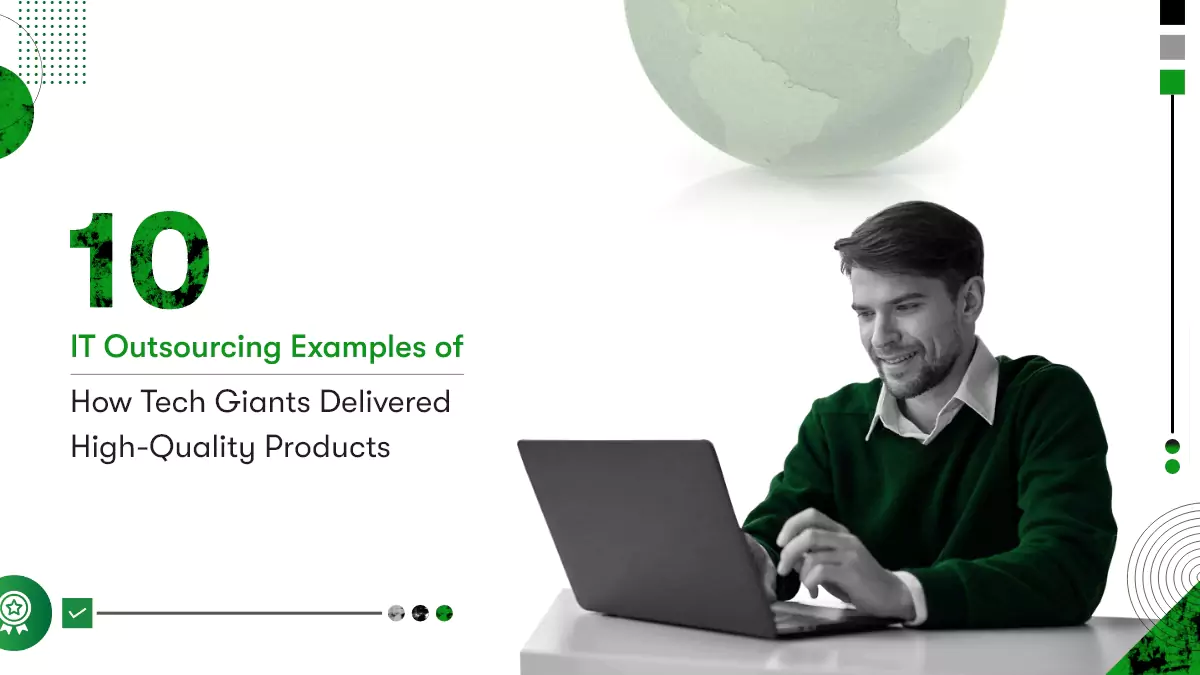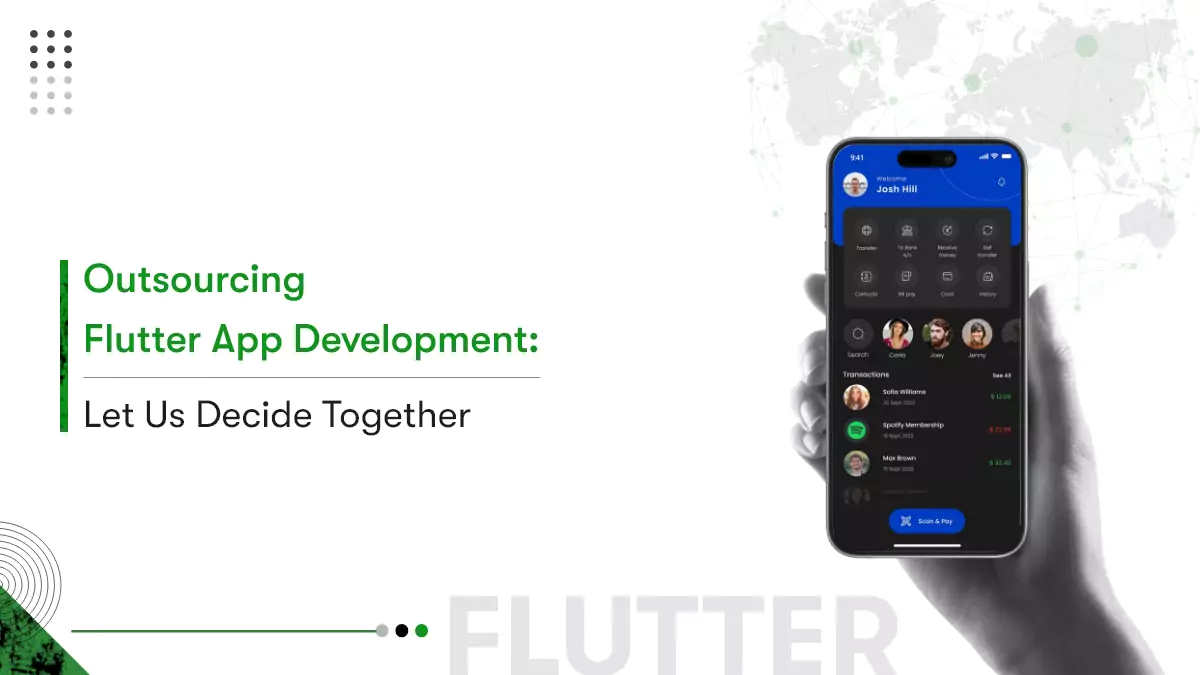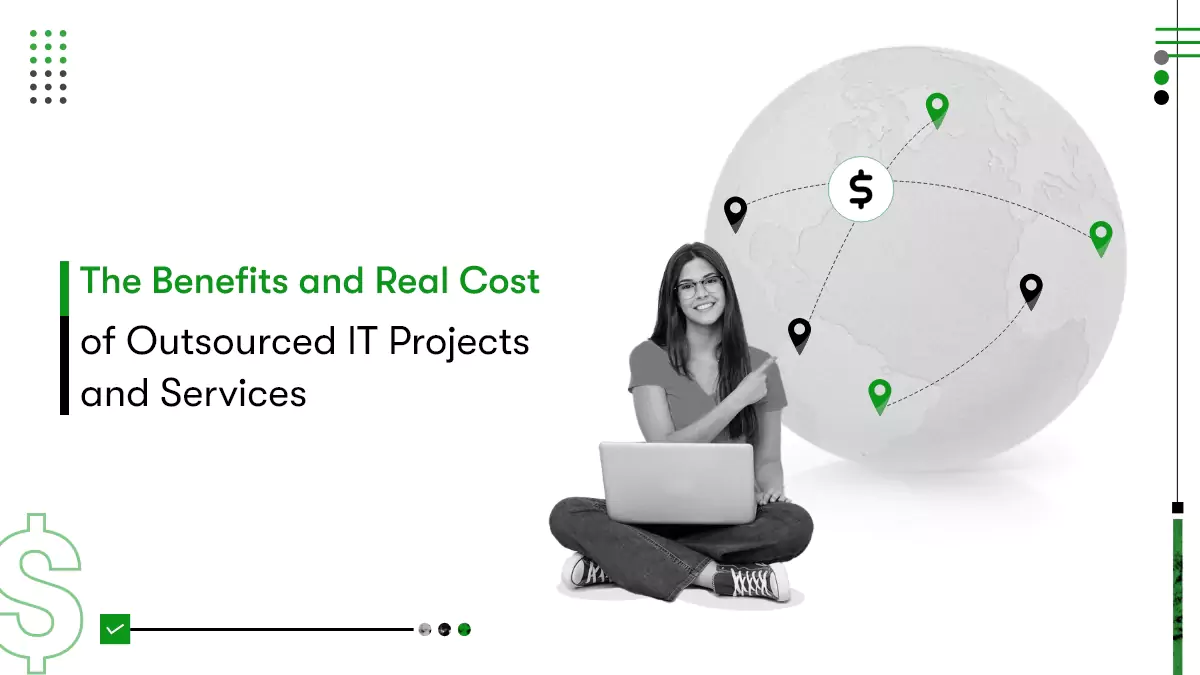Unless you put your business idea on paper, there is never going to be an actionable plan. I, Sanjay Kidecha, CMO at Kody Technolab, strongly believe that as an entrepreneur, you need to take your project from ideation to an actionable stage. Hence, I have decided to come up with a series of detailed blogs that will assist startups and founders at various stages of product development. This will be our first blog of the mobile app development process series and we would be covering the below mentioned topics consecutively.
- A Guide on Lean Canvas Model;
- How to Prepare a Product Requirement Document and its importance;
- Importance of Wireframe in Product development;
- A complete guide on selection of technology stack for startups;
- How prototyping helps businesses?
- A handbook to select development company for startups;
- A detailed guide on project management & delivery milestones;
- Role of Quality assurance in product development;
- Importance of User testing;
- Know where you should deploy your project?
- How Feedback and product iteration makes a difference in product development?
- What is the variation in the cost? What factors affect the variation?
- Why is a Good design the ultimate thing in the project
Note: Blog titles may change as we articulate the series, however, the topics will remain the same.
So without further ado, let’s get started.
Entrepreneur(You) has to check if the business idea is pragmatic and capable of solving challenging problems. Also, you need to have a scale-up plan and validate your idea of running the hypothesis. How will you achieve this is a million dollar question today! Well, let me acknowledge you with the concept of Lean Canvas.
The new way adopted by business entrepreneurs for this validation is, using the Lean Canvas Model. Doing it “Lean way” is the present-day catchphrase you will see amongst young entrepreneurs. So what is the Lean Canvas Model? How to Create a Lean Business Plan? How will Lean Canvas Model benefit the business? Whether you have a technical background or not, whether you have tried to fill up a Lean Canvas or you are entirely new to this, do not worry! In this blog, I am sure you will get to know everything about Lean Canvas.
“Life’s too short to build something nobody wants”
– Ash Maurya, author of Scaling Lean.
Young entrepreneurs are ambitious & in constant quest of bringing their business idea to life in the shortest possible time. The reason behind this continuous, speedy struggle is the rapid bubbling of new businesses in the market. It forces these young minds to focus on strategic management and marketing plans from a broader perspective.
Hundreds of thousands of ideas run through your mind while you are planning your startup. And I know, each idea matters to you in some or the other way. Lean Canvas gives you an opportunity to convert all your ideas into a tangible business model where you can prioritize these ideas.
Lean Canvas Model mitigates wastage of time, resources, processes, inventory, and a lot more. Let’s understand the approach in detail.
What is the Lean Canvas?
We all remember the Business Model Canvas introduced by Alex Osterwalder, don’t we? A different version adapted from the Business Model Canvas is the Lean Canvas Model. Ash Maurya created it with a perspective to help businesses quickly formulate business idea.
It allows entrepreneurs of an emerging mobile app development company to map out the business’s key points and develop something more valuable, effective, and concrete. Lean Canvas provides you a 10,000 feet overview of the business and measurable insights that matters to your business.
Since Business Model Canvas inspires the Lean Canvas, there is exactly the same number of blocks (nine), but amended to meet the Lean Startup requirements. Lean Canvas is a one-page business plan created after brainstorming ideas and mentioning logical steps of business proceedings.
It is sleek, simple, and makes it easier for entrepreneur to understand their business goals and flow.
Who is the Lean Canvas for?
Startup entrepreneurs, founders and investors can easily bank upon a Lean Canvas. Having said that, existing businesses can also make effective use of Lean Canvas for future business. It engages the whole team involved and brings them on the same page.
Entrepreneurs have hundreds of ideas popping up at a time. They do not know which idea to focus more on initially and which ones later. By filling in the nine blocks of the Lean Canvas Model, entrepreneurs know which areas to focus on, specifically while addressing the customer’s problems.
You can improve the odds of success and eliminate unwanted strategies, while saving your time, money and efforts. The process lets you identify the unique value proposition that you will offer to clients which no other business can offer.
Why do you need a Lean Canvas for your Startup idea? What is the importance of Lean canvassing?
Lean Canvas is filled out in a particular sequence, addressing one thing at a time. It allows you to focus more on customers and value propositions. You can spot your uncertainty and risk factors and find a solution to it. I am sure that once you are done with the Lean Canvas preparation, you will feel the difference. Lean Canvas holds importance for the following other reasons.
1. It lays the foundation of business:
As mentioned above, Lean Canvas is extremely useful to entrepreneurs in mapping out business strategies. You can run a thorough analysis of their business goals right at the initial stage. You can define the key metrics and lay down a specific pathway for business proceedings.
2. Market analysis:
Just like a business plan, Lean Canvas also generates a blueprint for your project. The detailed requirement in each section of the Lean Canvas lets you know the project strengths, customer segment, and effective solution. You gain a competitive advantage by identifying your strengths and weaknesses at an early stage.
3. Progress analysis:
Lean Canvas is developed, keeping in mind the project’s goals and objectives. It is a great tool that allows you to stay focused on the product’s operations and value addition.
On top of this, the Lean Canvas is easy to write and update. When you feel like your business has evolved, you can always revisit your Lean Canvas and update it as per the requirement. It adopts a completely analytical approach and is incredibly fast. Since it is only a single page model, you can easily share it with the investors and others involved with the process.
What is the approach of the Lean Canvas Model?
Lean Canvas is a nine-block document starting from a problem, proposed solution, channels, cost to anticipated revenue streams. We will understand all the nine blocks in detail, which will help you better understand the model.
Key takeaway: The sequence of drafting Lean Canvas is important because all the nine sections are interlinked. Hence, do only one thing at a time.
1. Problem:
“Customers care about their problems, not your solution”
– Dave McClure
This is the first and highly important section of the Lean Canvas. Your primary aim is to solve the problem of the customer segment you are aiming at. You should know that each of your customer segments comes with a set of problems that needs to be solved.
In this section of the Lean Canvas Model, you need to list the problems of the highest priority you are planning to solve through your service.
Remember, you do not have to pitch your product, but about the problem you are solving. You can identify the potential problems by interviewing the users, testing them, conducting surveys & questionnaires, and observing how they behave.
2. Customer segments:
You can not match your customers’ wavelength if you do not know who your customers are. Hence it is important to understand where your target audience lies and what their problems are. The problem and customer segment both are intrinsically linked.
Startups and new businesses have to pivot rapidly because the whole business model depends upon the customer segment they define.
3. Unique Value Proposition:
Unique Value Proposition is positioned right in the middle of the Lean Canvas. Here, in this block, you have to list down the unique value or a service that you are offering to the customer. It is a promise that will compel the customer to purchase your product.
For this, you need to brainstorm, think different, think unique, and explain how your particular service/product will make a difference. It should be described in a way that is easy to understand, & passes on the information about the benefits easily.
4. Solution:
You have identified the problem, but did you find out a solution to it? In this section, you need to describe an effective solution to the issues identified. The solution doesn’t need to be perfect or an ideal solution, but you can plan an ideal solution by talking to your customer segment, asking them questions, and analyzing where they are coming from.
You can plan a perfect solution only if you learn from your customer’s problems; otherwise, the solution is unproductive.
5. Channels:
There is always a soft rope that will connect you directly with your customers. Hence, you need to define which channel you are going to use for connecting with the audience. Analyze all the possible options available to you, starting from emails, social media platforms, ads, blogs, articles, TV, webinars, radios, and more.
You need to understand and examine all the possible ways in which the consumer will come in contact with the brand. Figure out all the mediums where they will first learn about the company.
Study all these marketing channels and identify where your customer segment lies & strategize accordingly. Create a strong content strategy to channelize at the various mediums. There are three possible timeframes when a user connects with the brand, have a look at each of them.
- Before purchase:
Users can either get to know about your brand over social media platforms or advertisements or through word of mouth marketing.
- During purchase:
Users can directly land upon the main website, or contact the sales team or either browse the brand’s catalog.
- After purchase:
You can connect with the customers by sending them “Thank you” messages or emails. You can also send them a customer feedback form and connect with them.
6. Revenue Streams:
It is a human’s tendency that we sign up for something free, but think more than ten times if it asks for a registration fee. Hence, as an entrepreneur, you need to price your products.
Decide the business model you are planning to adopt and then define the pricing model. You need to perform thorough research and run tests on the pricing model of your products.
In the same section, you also need to define the minimum charges of the product that you can afford. Understanding all these revenue structures will let you know your profit margins & cut-offs.
Some of the revenue sources for a business model are:
- Asset sales;
- Service usage fees;
- Subscription fees;
- Delivery fees;
- Advertising;
7. Cost structure:
There are tens of hundreds of factors that contribute to the app development cost. In order to launch your product in the market, you will have to spend money behind market research, recruitment, technology, marketing, cost of manufacturing the product, and more.
In the same line, you also need to figure out your incoming monthly expenses, so that you get to know how many customers you will need to attract to meet your product expenses.
8. Key Metrics:
“The essence of strategy is choosing what not to do.”
—MICHAEL PORTER
Irrespective of your business vertical, there are always some key metrics that business owners need to monitor closely. There is a sea of uncertainty but a key metric will let you know your business performance. It will acknowledge you about the customer’s interaction with your product and that is what it matters.
9. Unfair advantage:
This is difficult but not impossible to answer in this section. The unfair advantage here means a quality/service/product that will give your business a competitive edge over the other. Also, it is solely yours and can not be copied by others. Having said that, an unfair advantage should be sustainable and not hypothetical.
It can be anything literally, an exceptional team, experts/counselor, endorsements, insider information, or anything that makes you stand out from the rest.
Are there any strong points or weaknesses of the Lean canvas model?
As you observe, creating a new Lean Canvas Model is easy and fast. The various sections have importance in planning and strategizing the startup. I will give you the highlights of the strength of the lean canvas model.
- It allows you to measure the progress;
- It focuses on the problem-solution fit;
- You get to know your business strong points that will differentiate you from others;
- Each of the sections is easy to understand;
- It follows the Lean Startup mindset.
Let’s have a look at the weakness of the model:
- It limits your opportunities during the early stages of your business;
- You need to make a lean canvas model and manage it with limited team & resources;
- It is difficult to identify partners and value exchange between different actors;
Final Thoughts:
Lean Canvas model inspires startups to remain lean right from the initial stage. You can use various tools to create a new lean canvas for your business. Lean canvas can be extremely useful at various stages of the project lifecycle because it is “action-oriented” and not hypothetical.
Lean canvas gives you a fair idea of how your businesses will progress in the future.
You can also contact our team of mobile app developers to help you create a lean canvas model and sync in everything required for the project. The Lean Canvas model is sleek, and I highly recommend startupreneurs to adapt to it. In the next topic, we will discuss PRD preparation and importance. Keep reading!!














 Contact Information
Contact Information